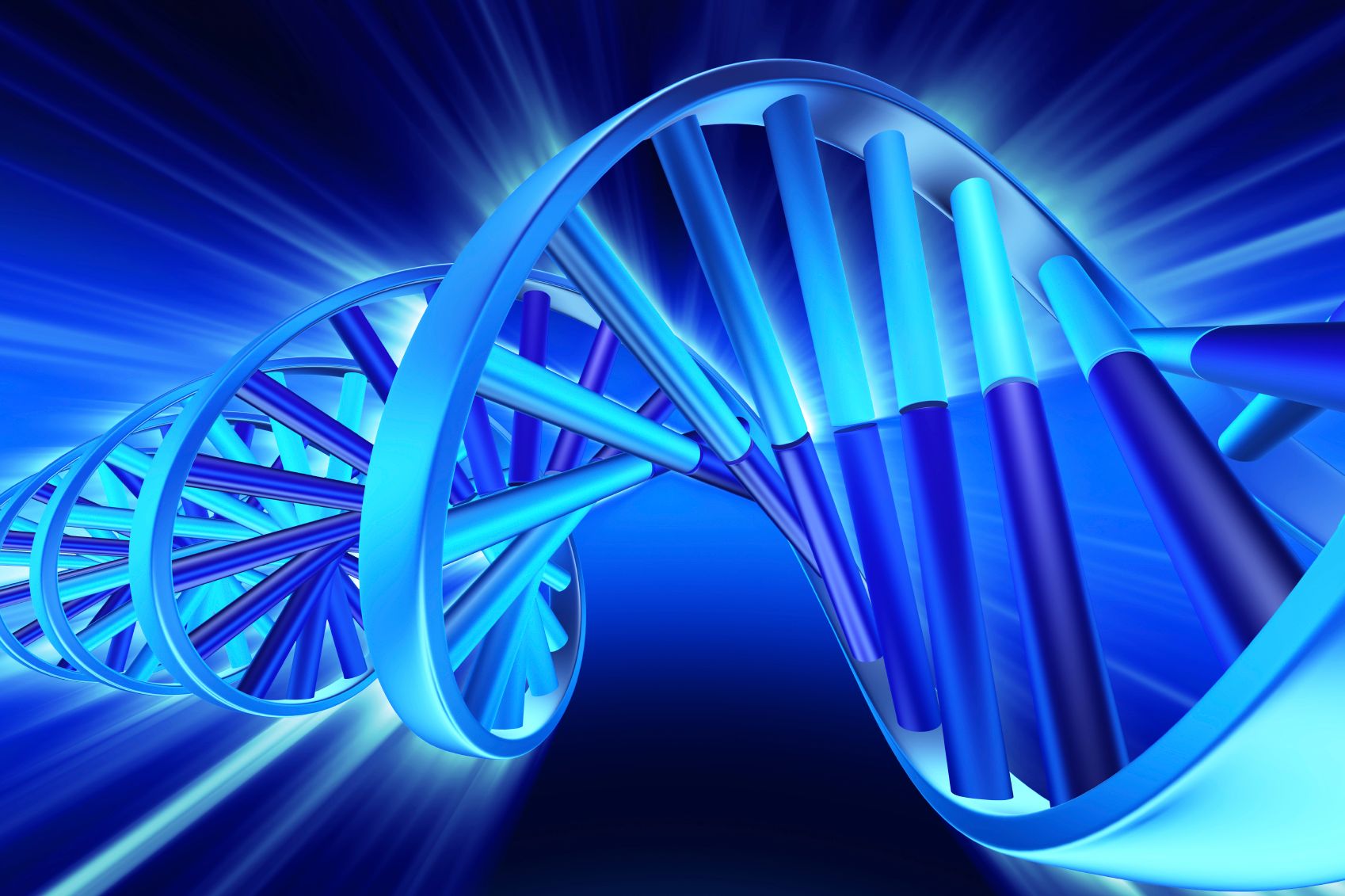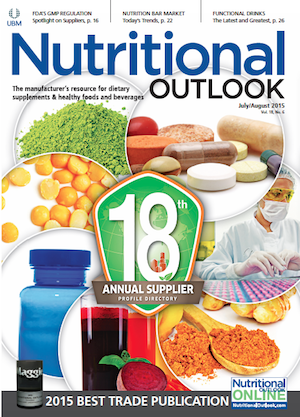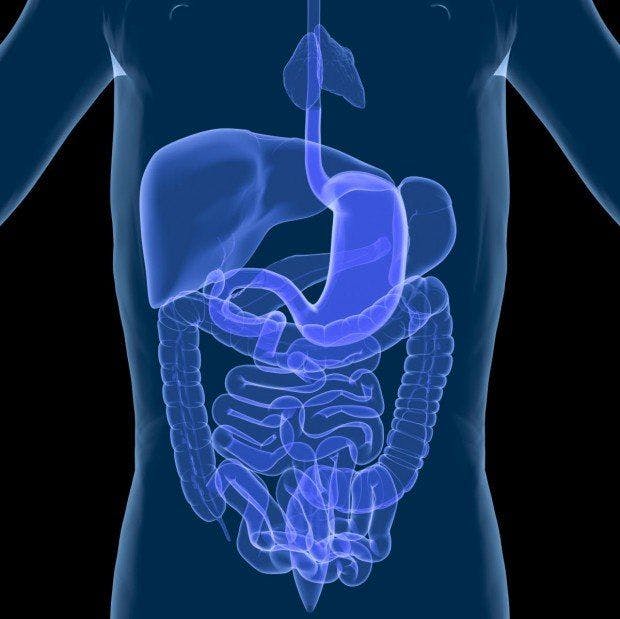Why We’re Adding DNA Testing, Ingredient Supplier Explains
Post NY AG investigation, how has DNA testing actually impacted the dietary supplements industry?

The subject of DNA testing herbal products remains controversial after New York Attorney General Eric Schneiderman (NY AG) used the method to investigate dietary supplements earlier this year-an investigation that ultimately saw products pulled from store shelves.
Despite arguments from leading industry groups that DNA testing is not an appropriate method for authenticating finished herbal products, nevertheless companies caught up in the NY AG’s investigation eventually, in order to get their products back on shelves, reached agreement with the NY AG to work DNA testing into their own company operations. Months later, after mainstream attention and weigh in from the scientific community, how has DNA testing trickled down into the heart of the industry?
According to one ingredient supplier, more supplement companies are now actively requesting DNA testing. As a result, cranberry supplier Fruit d’Or (Notre-Dame-de-Lourdes, QC, Canada) says it is adding DNA testing to its test offerings for clients, says Stephen Lukawski, director of global business development, sales, and marketing.
DNA testing requests ramped up soon after the NY AG investigation, Lukawski confirms. “Really, the DNA barcoding was brought to us unexpectedly, and we had to be proactive and really take a position. Do we swim against the current, or do we go with the current?”
Fruit d’Or’s reaction is not simply kneejerk, though. The company does believe that DNA testing has value as part of a broader testing palette. “That’s why we brought in the DNA testing,” Lukawski says. “We felt that it has a purpose, but we still have to educate and explain our story of why we’re introducing [it]"-including, he says, the fact that the company is using DNA testing properly, on appropriate product forms, and in combination with many other-and, in some cases, trailblazing-methods for cranberry proanthocyanidin (PAC) identification and quantification.
It should further be noted that Fruit d’Or had been very active in pushing for the advancement of cranberry testing standards well before the issue of DNA testing came up. The firm believes that by advancing the characterization and quantification of cranberry PAC content, including insoluble PACs, the cranberry industry could one day unmask a world full of cranberry health benefits beyond urinary tract health alone.
As far back as 2013, Fruit d’Or announced it had begun working with phytochemistry consultant Complete Phytochemical Solutions LLC (Cambridge, WI) to quantify the insoluble PACs in Fruit d’Or’s CranNaturelle cranberry ingredients. Until then, it had been most common to measure only soluble cranberry PACs-for instance, in cranberry juice. Today, the companies are using not only the longstanding BL-DMAC method to quantify soluble PACs, but also a butanol-based method to quantify insoluble PACs as well as MALDI-TOF mass spectrometry to authenticate PACs. (Click here for more on the MALDI-TOF method for cranberries.) Furthermore, the companies are touting a new reference standard, C-PAC, that they believe is “the most accurate way of being able to quantify PACs for cranberries,” especially fruits and fruit powders, instead of just the PAC A2 dimer reference standard used by the juice industry.
Within this “portfolio of analytics,” says Christian Krueger, Complete Phytochemical Solutions CEO, DNA testing is only part of a more comprehensive program to push cranberry testing forward, and some methods fill holes that others don't. For instance, "While DNA barcoding is applicable for authentication of the cranberry fruit (raw material), it does not provide qualitative (what does it look like) or quantitative (how much is there) information on the bioactive constituents (PACs) of cranberry raw ingredients and/or final formulated products," Fruit d'Or stated in a July press release. And that's when a method like MALDI-TOF mass spectrometry can step in for authentication and the BL-DMAC and butanol methods can work for PAC quantification.
“We think of MALDI-TOF as being complementary to DNA testing. That’s to say that where DNA is present, DNA testing is valuable and appropriate. But when you [can no longer detect the DNA in a finished product], you need to be able to fall back on another test method that would help still authenticate the product," Krueger says. "So there’s a real synergy there."
He adds, “We always want to keep an open mind as to how many tools we can use and what they’re actually going to be able to tell us at the end.”
It’s a sentiment Lukawski echoed in a July press release announcing Fruit d'Or's new DNA testing: “We need stakeholders who are able to accept and adopt new test methods and introduce new analytical equipment in order to prevent adulteration, establish authenticity, and create standardization.”
And there's a practical reason to consider DNA testing, too, he says. In the end, offering DNA testing not only ensures that Fruit d’Or can meet client requests, it also leaves the door open to working with any of the big-name companies who already committed themselves to DNA testing via the NY AG agreement. “If we want to do business, we have to raise our own standards,” Lukawski says. And that, some would argue, is one more reason to keep an open mind to DNA testing.
Jennifer Grebow
Editor-in-Chief
Nutritional Outlook magazine
jennifer.grebow@ubm.com
Also Read:
DNA Experts Discuss What Makes Testing Difficult in NY AG Case
Cranberries and the Future of UTIs
Why Won’t NY Attorney General Schneiderman Release the Report? (Editorial)
Editor: New York Attorney General Case Requires Strong Response, Supplement Leaders Say
Which Way to Quality Assurance?
Photo © iStockphoto.com/iLexx

























